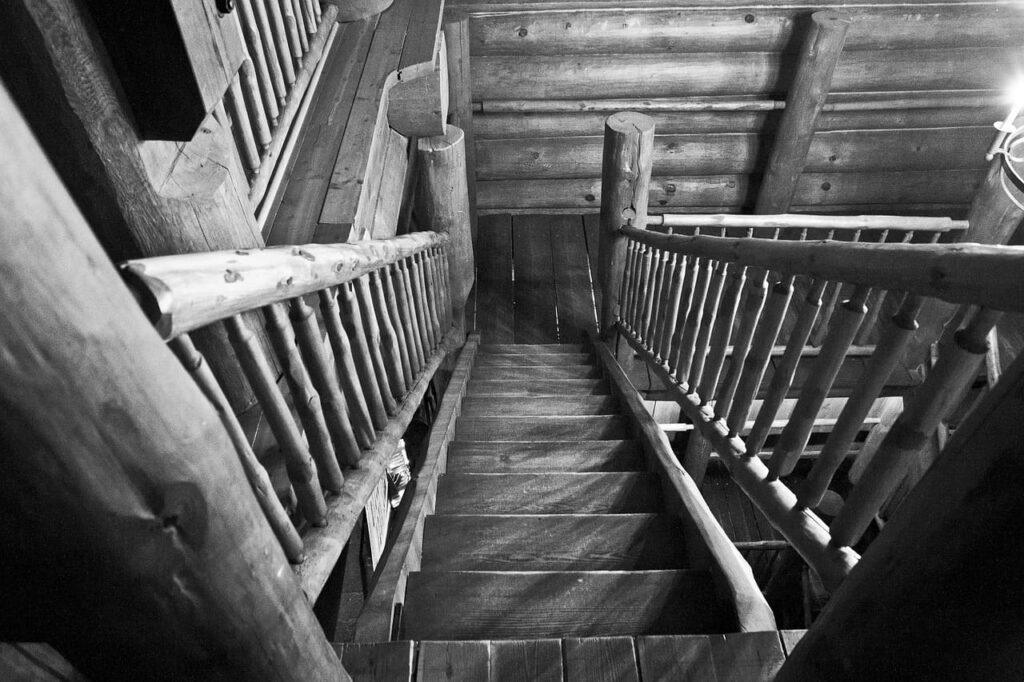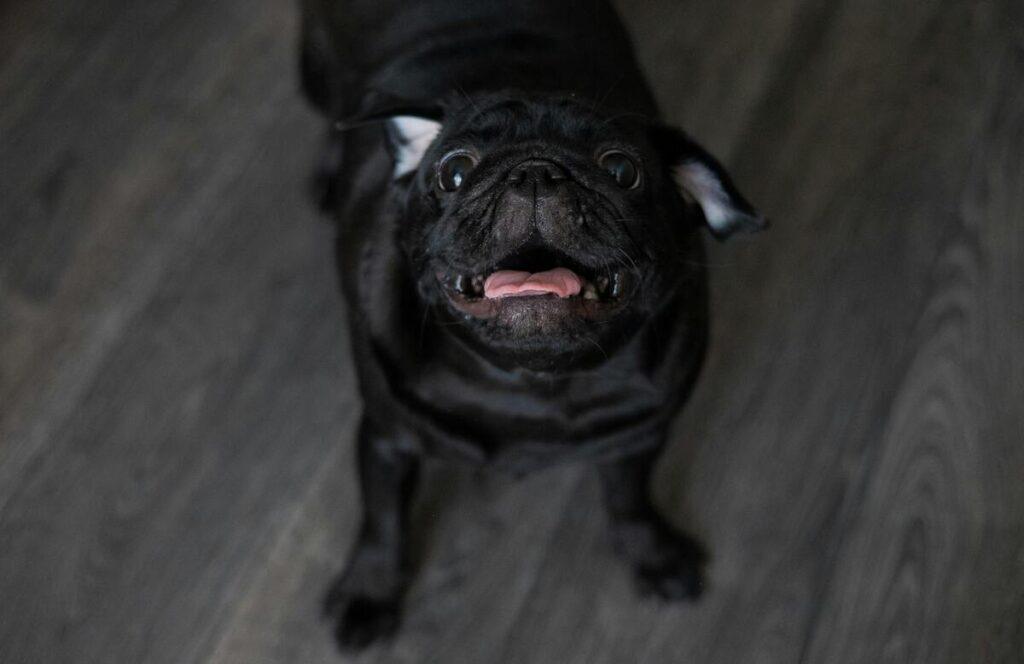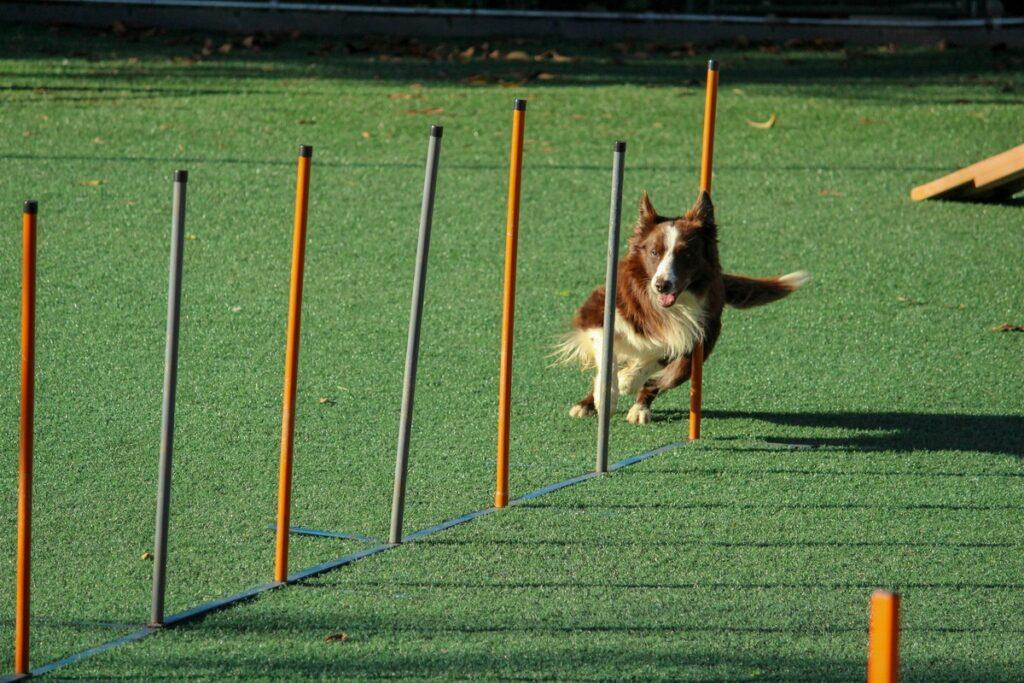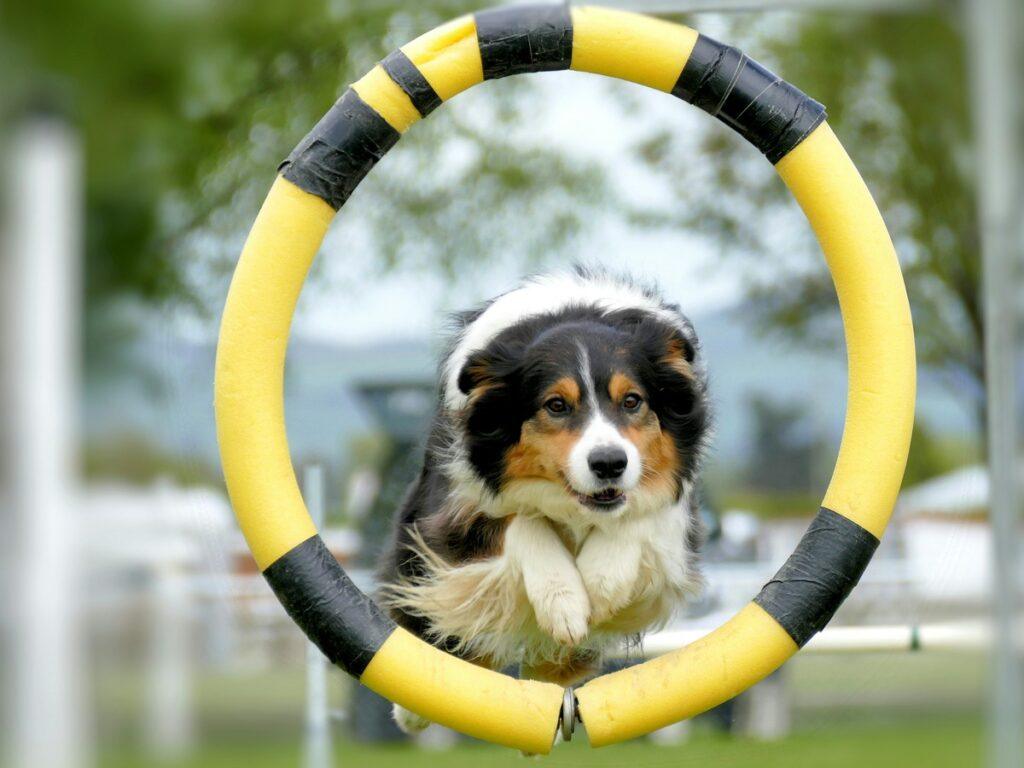Dog suddenly afraid of hardwood floors? You’re not alone. Many pet parents notice their dog suddenly stops walking on slippery floors or starts avoiding certain areas of the home. It can be confusing and concerning, especially if your dog previously had no issue. In this guide, we’ll explore the reasons, solutions, and how to help your dog regain confidence.
Table of Contents
- Why Is My Dog Suddenly Afraid of Hardwood Floors?
- Signs Your Dog Is Anxious About Flooring
- Dog Slipped and Now Won’t Walk on Floor
- How to Help a Dog Afraid of Slippery Floors
- Dog Won’t Walk on Slippery Floors – What It Means
- Preventing Floor Phobias in the Future
- FAQ
Why Is My Dog Suddenly Afraid of Hardwood Floors?
There are multiple reasons why a dog suddenly becomes afraid of hardwood floors. Dogs are sensitive to their environment, and even a small slip or negative experience can leave a lasting impression. Common triggers include:
- Slipping Incident: A dog who slipped once may associate the surface with danger.
- Age-Related Anxiety: Older dogs can develop fears they didn’t previously have.
- Vision or Balance Issues: If your dog can’t gauge the depth or sheen of the floor, it may become hesitant.
- Sound Sensitivity: Some dogs dislike the noise of claws on hard floors.
- Pain or Joint Problems: Dogs with hip dysplasia or arthritis may avoid slick surfaces to prevent discomfort.
For more on related mobility issues, read our guide on best dog beds for hip dysplasia.
Signs Your Dog Is Anxious About Flooring
Dogs may not always vocalize fear, but you can spot behavioral signs such as:
- Freezing or refusing to walk forward
- Tiptoeing or crawling slowly across the floor
- Trembling or tucking their tail
- Pacing, whining, or trying to avoid the area
- Attempting to jump over or go around hardwood sections
These behaviors are typical in dogs that feel unsafe. If left unaddressed, the fear may generalize to other areas or surfaces.
Dog Slipped and Now Won’t Walk on Floor
This is one of the most common scenarios. A dog scared of floor after slipping develops a mental association between the slip and injury. It’s a classic case of fear-conditioning. Even if there was no physical harm, the memory of fear is strong in dogs.
In some cases, this may also stem from neurological changes or cognitive decline. Older dogs are particularly at risk. For more info, read our guide on mental health in dogs.

How to Help a Dog Afraid of Slippery Floors
- Use rugs or runners: Create safe zones with grip where your dog can walk confidently.
- Nail trimming: Keeping nails short reduces tapping sounds and improves traction.
- Paw wax or traction pads: Improve grip instantly without altering floors.
- Desensitization training: Use treats to lure your dog across the floor a few steps at a time.
- Confidence building: Play games or feed meals near the hardwood to form positive associations.
In more serious cases, professional training may help. Our guide on dog behavior tips offers insights for long-term solutions.
Dog Won’t Walk on Slippery Floors – What It Means
When your dog won’t walk on slippery floors, it may stem from a traumatic experience, joint pain, or even a newly developed fear. Hardwood, tile, and laminate can all pose problems. If this behavior begins suddenly, ask yourself:
- Did my dog recently fall or slide on the surface?
- Has my dog shown signs of pain or stiffness?
- Are there any loud noises or other triggers associated with the floor?
Understanding the root of the fear will help you build a tailored approach to recovery and support.
Preventing Floor Phobias in the Future
Prevention is always easier than rehabilitation. If you have a puppy or a new dog:
- Introduce floors slowly with positive reinforcement.
- Use non-slip mats early on to build comfort.
- Play and engage in light activity on hardwood floors to create positive experiences.
- Avoid dragging or pulling dogs across floors—they may associate that force with fear.
Dogs with early positive experiences on hardwood rarely develop issues later. Consistency is key.
FAQ
Why does my dog refuse to walk on hardwood floors all of a sudden?
It could be due to a slip, pain, anxiety, or even age-related changes. A vet checkup can help rule out medical causes.
What to do if my dog won’t walk on slippery floors?
Use rugs, traction aids, and positive reinforcement to rebuild trust with the surface.
Can this fear be permanent?
Most dogs improve with consistent training, patience, and environmental adjustments.
For more related topics, check out our articles on best training collars or teaching independence.
External reference: VCA Animal Hospitals – Phobias in Dogs



